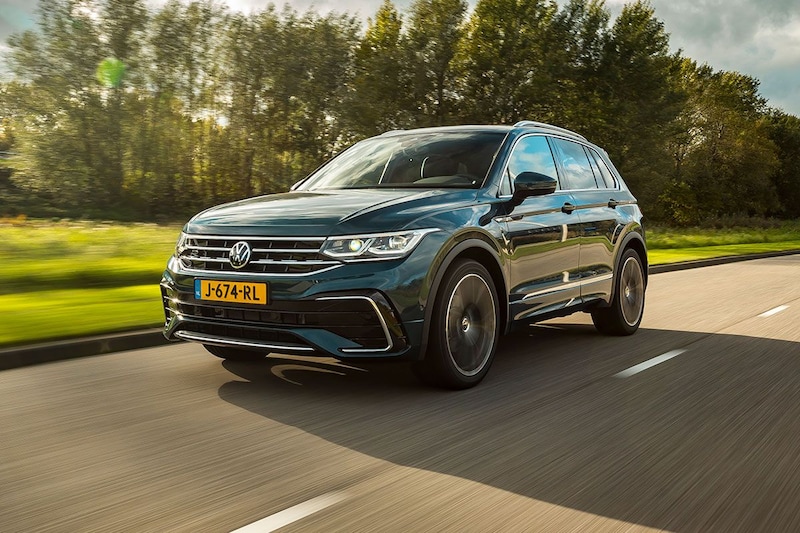Consumption Tiguan 1.4 TSI and 1.5 TSI compared

With the Tiguan, Volkswagen was relatively early in the compact SUV segment. The first Tiguan was a friendly model, especially by today’s standards. The second generation was considerably more angular and also a lot larger. Does this also result in significant fuel consumption? Let’s take a look at the AutoWeek Consumption Monitor.
The second and current generation Volkswagen Tiguan was introduced in 2016 and received a new nose in 2020. We were recently introduced to its successor, which looks a bit more rounded. Under the hood of the Tiguan we find many well-known engines. In the first years a 125 or 150 hp 1.4 TSI was supplied, which was followed by a 130 or 150 hp 1.5 TSI. The more powerful 2.0 TSI is also available, which delivers 180 or 220 hp. As befits Volkswagen, there are also several variants with a 2.0 TDI engine, but just like the two-liter petrol engine, they do not play a role in this article.
Consumption Volkswagen Tiguan 1.4 TSI
No, we focus on the more modest petrol engines and start with the 1.4 TSI. With this engine, Tiguanisti drive an average of 1 in 13.5 (7.4 l/100 km). The most economical driver achieves 1 in 17.2 (5.8 l/100 km), a value based on 45 refuelings and a distance of 37,529 kilometers. Yet the difference with the second most economical driver is large: he scores 1 in 15.6 (6.4 l/100 km).
At the bottom of the list we read a consumption of 1 in 11.6 (8.6 l/100 km). This was measured over a considerably shorter distance of 5,284 kilometers and in the photo with this Consumption Monitor we see a roof box. Would that explain some things, or would that be too easy an assumption? We dare not say that, but we do say that the second least economical Tiguan 1.4 TSI driver drives exactly 1 in 12 (8.3 l/100 km).
Does Tiguan 1.5 TSI do better?
Yes, it certainly seems that way. With this engine, the two most economical drivers achieve 1 in 17.3 (5.8 l/100 km), a negligible difference with the most economical 1.4 TSI driver. We would have liked to see these drivers keep track of their fuel stops for a little longer than 4,456 and 7,159 kilometers respectively. On the other hand: the third value is still 1 in 17.1 (5.8 l/100 km), and it is determined on the basis of 16,508 kilometers. The picture also looks more favorable for the 1.5 TSI ‘at the bottom’. The negative outlier is 1 in 13.2 (7.6 l/100 km) over a distance of almost 100,000 kilometers.
Overall, the angular Tiguan is not doing too badly at all, especially with the more modern 1.5 TSI under the hood. However, he has to narrowly acknowledge his superiority in cars with hybrid technology, such as the Kia Sportage Hybrid, and there is no competition at all against the Toyota RAV4. On the other hand, the Tiguan leaves behind models such as the Mazda CX-5 and Ford Kuga.
– Thanks for information from Autoweek.nl